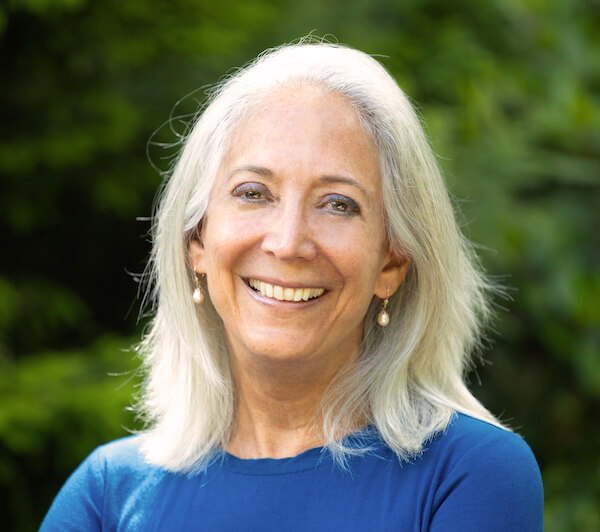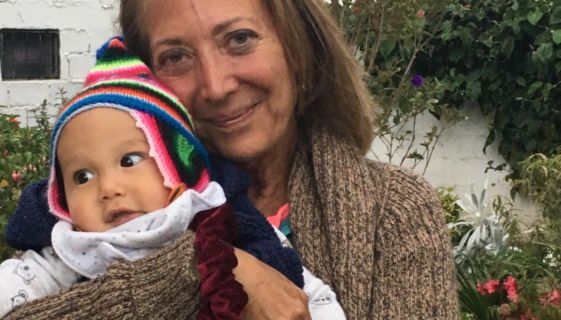Observed each October, Breast Cancer Awareness Month (BCAM) was born of a 1985 collaboration between the American Cancer Society and a pharmaceutical company, and later sprinkled with symbolic pink ribbons by Estee Lauder. Over the last couple of decades, BCAM has raised hundreds of millions for breast cancer research and awareness. But in spite of its noble objective to bring attention to and raise money for combatting a serious disease, the campaign has also accumulated many detractors.
The principal objections to BCAM center on the relentless commercialization of breast cancer as a way to sell products or services, a practice often referred to as “pinkwashing”. Many of these “pink” campaigns return little if any money to the cause they champion. And in some cases, the companies proudly sporting the pink ribbon make consumer products that contain chemicals linked to breast cancer.
I agree with many of these criticisms, but my greatest beef with BCAM is different. While the billions raised for breast cancer research and early detection in the last decades have paid off in more effective treatments and lower mortality rates for this disease, little money has been invested in public health campaigns around cancer prevention. Why is this so important? As an example, many people have the misconception that a breast cancer diagnosis is the result of a bad roll of the genetic dice. But researchers estimate that only 5-10% of breast cancers are due to heritable gene mutations. In 1940, the lifetime risk of a woman developing breast cancer was 5%. Now it’s 12%, or about 1 in 8 women—a 140% increase. In at least half the cases, the woman has no known risk factors. So what’s changed in these last 80 years?
Well, a lot. Obesity, a known risk factor for breast cancer, is now epidemic, as is lack of exercise, another risk factor. The quality of our food is degraded, as is our environment. The basic choices we make each day—including what we eat, how much we move, and whether we smoke and drink alcohol—greatly influence our odds of a cancer diagnosis. That’s why at the Anticancer Lifestyle Program, we emphasize prevention, by educating course participants about evidence-based lifestyle changes that can lower the risk of cancer and other chronic illnesses. The data shows us that by making healthier choices, each of us has the power to foster and nurture our own wellbeing.
While basic cancer research and early detection are essential, the most efficient and effective form of health care is not getting sick in the first place. And you can tie a big fat pink ribbon around that.



 Meg Cadoux
Meg Cadoux 

